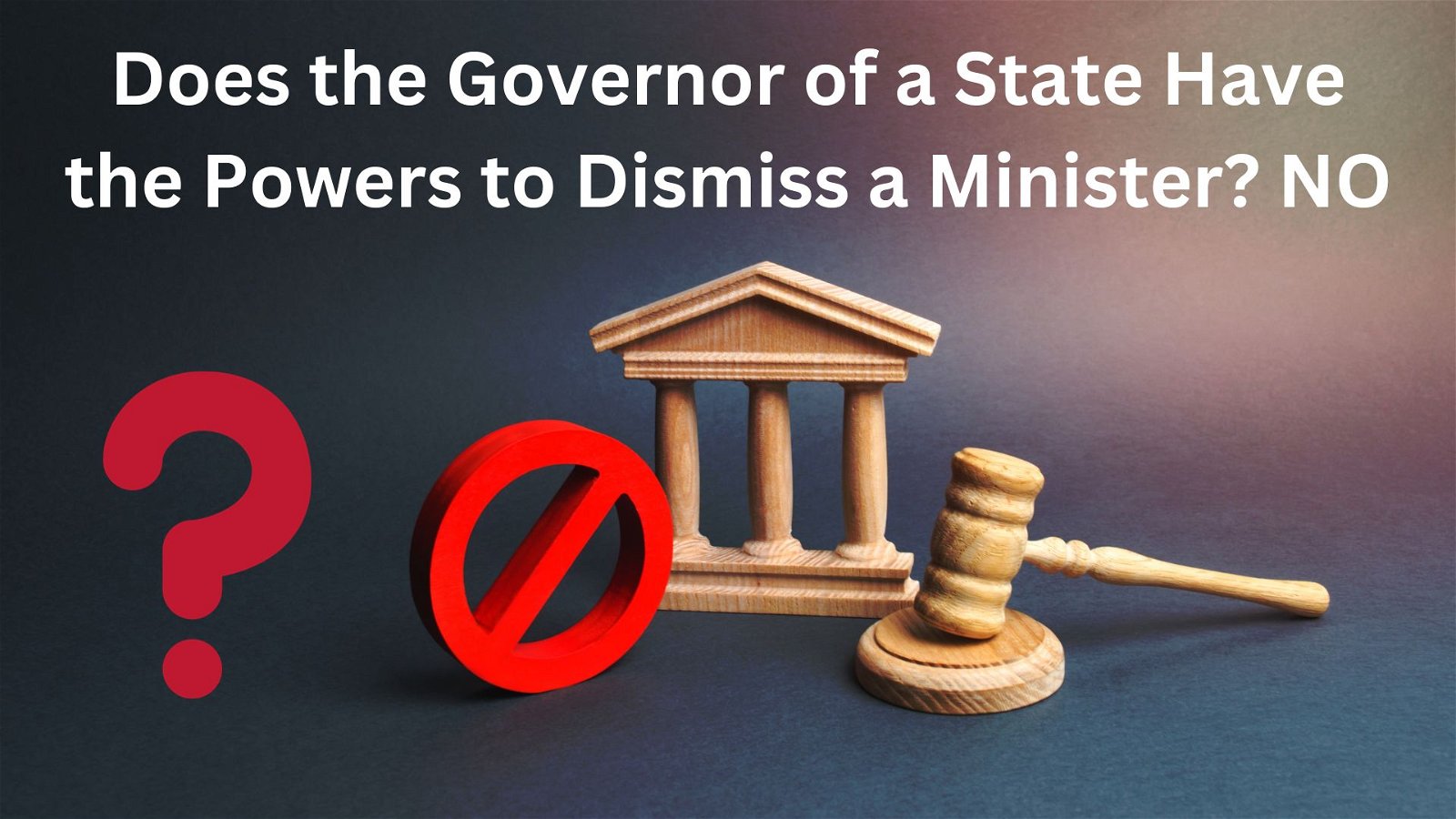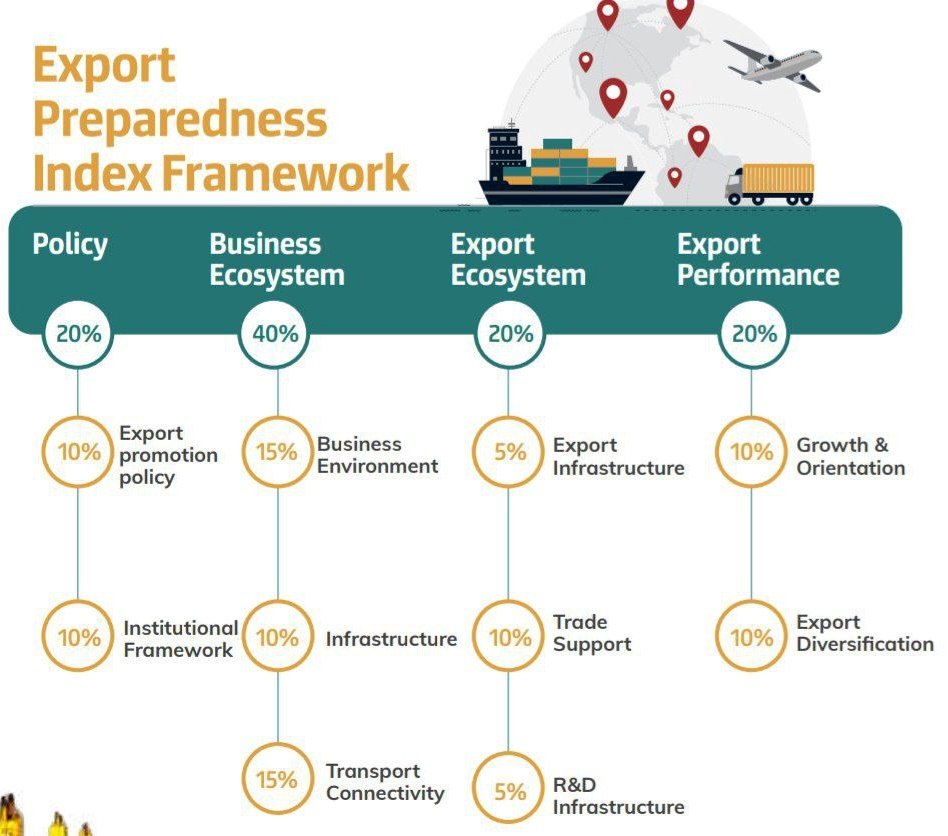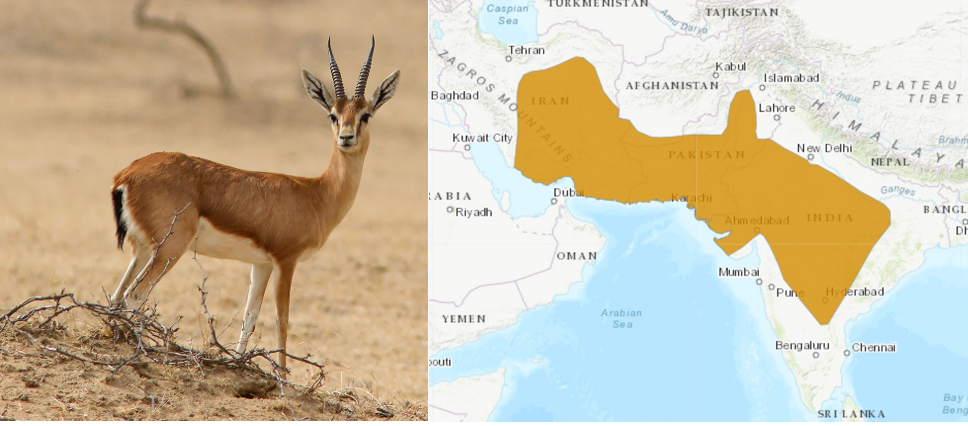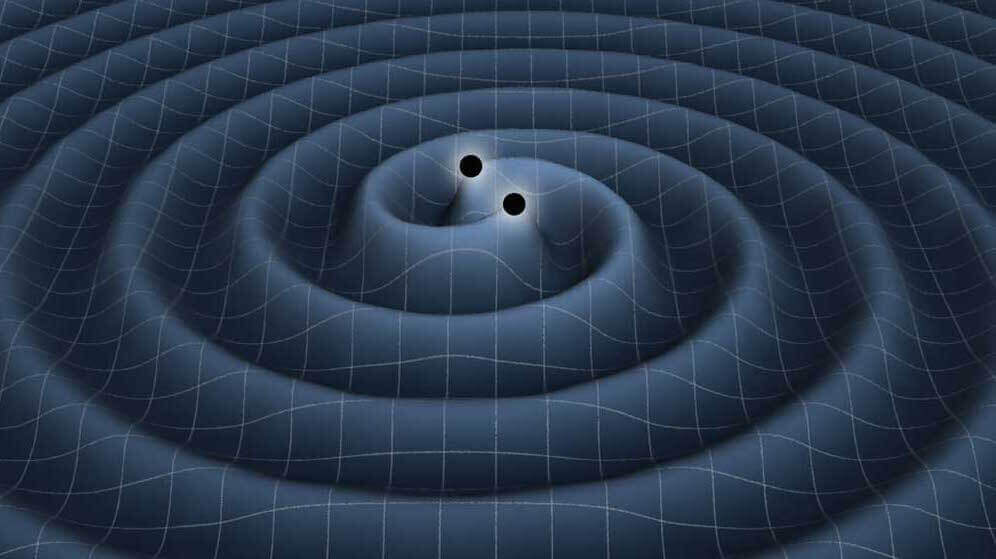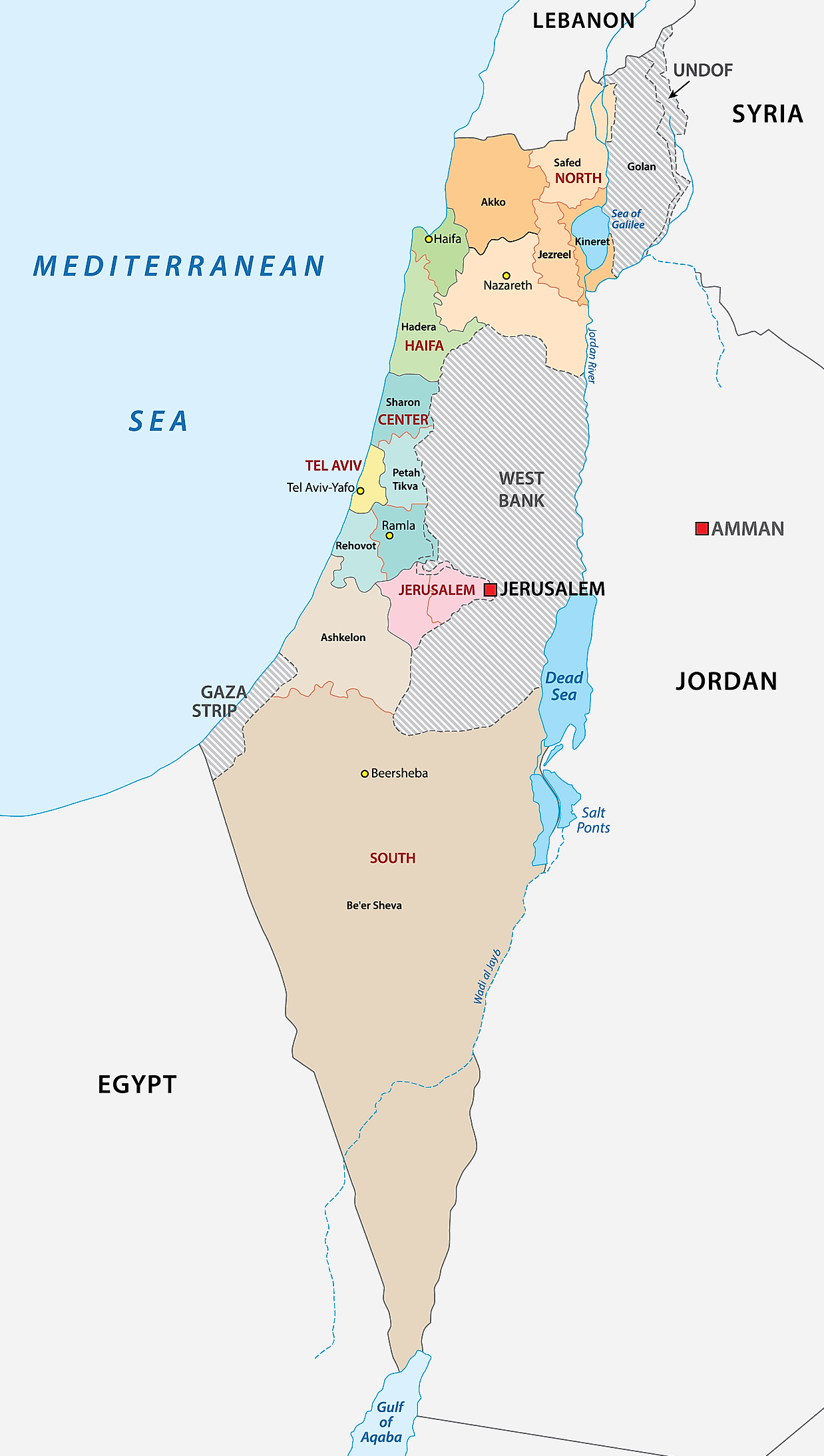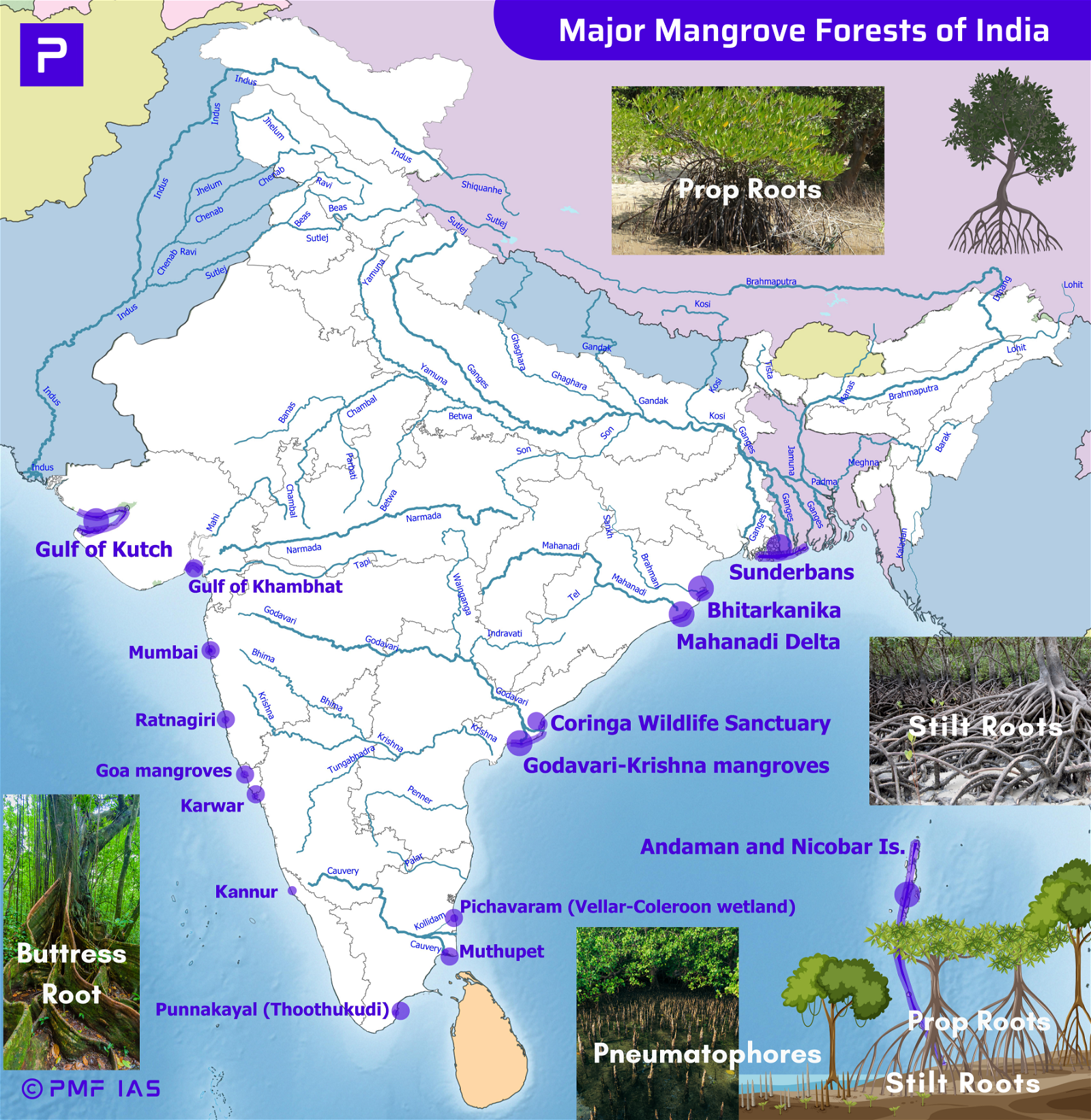
Indian Ocean Geoid Low (IOGL), Large Low Shear Velocity Province (LLSVP)
Subscribe to Never Miss an Important Update! Assured Discounts on New Products!
Must Join PMF IAS Telegram Channel & PMF IAS History Telegram Channel
Indian Ocean Geoid Low (IOGL)
- Context (TG | WION): Earth’s gravitational pull is weakest at the Indian Ocean Geoid Low (IOGL).
- Indian Ocean Geoid Low (IOGL) is a pronounced dip in the geoid because less mass under that spot makes the gravitational pull weakest.
- IOGL covers more than 3 million km2 and is about 1,200 km southwest of the southern tip of India.
Gravity (or Gravitational Pull)
Earth’s Gravity
Geoid
|

- As a result of the low gravitational pull at IOGL, coupled with the higher gravitational pull from the surrounding areas, the sea level over the IOGL is 106 m lower than the global average.
Why IOGL Exists?
- The existence of IOGL is attributed to the African blob, which is a large low-shear velocity province (LLSVP) underneath the African continent.
- The hot, low-density material coming from the African LLSVP is sitting underneath the Indian Ocean and creating Indian Ocean Geoid Low (IOGL).
- The African blob is formed by Tethyan slabs. These slabs are ancient remnants of the Tethys Ocean’s seafloor, located between the supercontinents of Laurasia and Gondwana more than 200 mya.
- Both Africa and India were part of Gondwana, but India slowly moved north into the Tethys Ocean, creating the Indian Ocean behind it about 120 million years ago.
Large Low Shear Velocity Province (LLSVP)
|




![PMF IAS Environment for UPSC 2022-23 [paperback] PMF IAS [Nov 30, 2021]…](https://pmfias.b-cdn.net/wp-content/uploads/2024/04/pmfiasenvironmentforupsc2022-23paperbackpmfiasnov302021.jpg)



